Talent and innovation at AERTEC
AERTEC is convinced of the fact that Innovation is a vital resource to grow and improve every day.
AERTEC is a company that relies on aeronautical knowledge, which is why we are driven to innovate in all aspects related to the aerospace industry, systems and aviation. AERTEC professionals have the opportunity to participate in the concept, design, and even in the development of systems and solutions that are still unknown in many cases. We like to innovate because it makes us more competitive, but most of all because it helps us progress faster and better.
Here are some of the innovation initiatives we have launched throughout AERTEC’s history, but if you want to know everything we do in this field, be sure to visit our innovation page.
High-voltage technologies onboard hybrid-electric aircraft

AERTEC is currently developing and validating the “Global Health Monitoring” system, which was designed to monitor and control the availability and operation of all state-of-the-art high-voltage electrical systems developed for the HECATE European project (distribution technologies for regional hybrid-electrical aircraft). For more information, click on the link below.
Integrated modular avionics for small air transport (SAT) aircraft

AERTEC led the IMASAT European project, with the participation of Clue Technologies, designing a smaller and lighter onboard computer with a high computing capacity to improve upon the concept of integrated modular avionics (IMA) for aircraft with a capacity for 6 to 19 passengers. You can find all of the information of this project at https://imasat.eu/
AI applied to in-flight safety for UAS
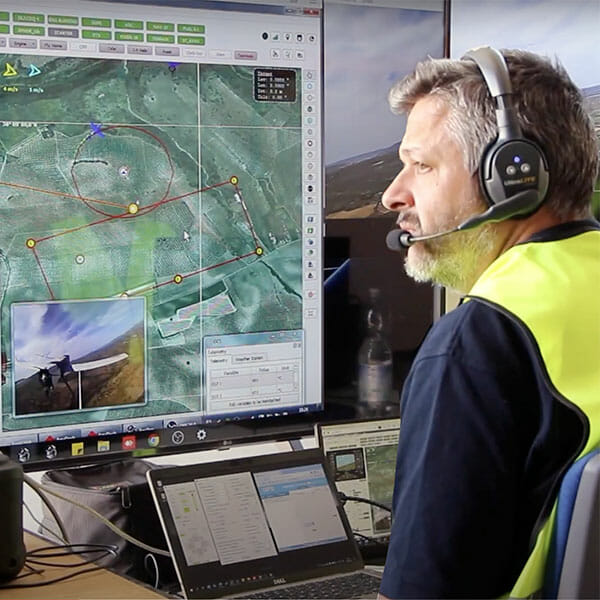
The SAFETERM project is sponsored by the European Defence Agency and developed by GMV and AERTEC. This project addresses the use of cutting-edge artificial intelligence/machine learning technologies to increase the safety levels in specific emergency situations that require ending UAS flights.
Advanced comprehensive aeronautical inspection system
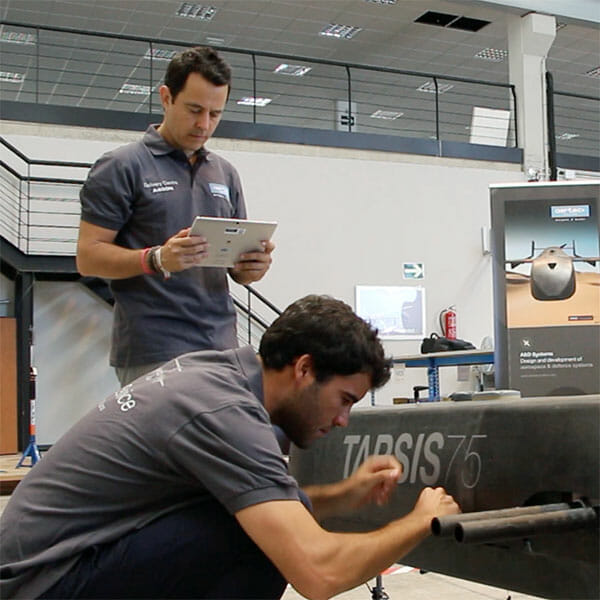
Development of technological tools to perform system verification processes in a reliable, safe, low-cost and high-impact way, achieving high product quality levels and their widespread use throughout the aircraft’s useful life, including the phases related to design, manufacturing and operations (maintenance, fine tuning and repairs).
Portable device for ground testing systems
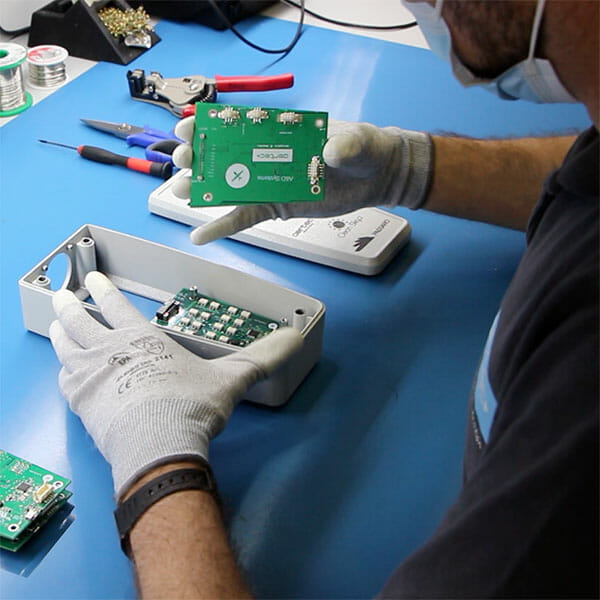
Demonstration of how a set of innovative technologies can be applied to the design, manufacturing and ground testing phases with the use of prototypes that represent aerostructures. This system revolutionises the way in which ground tests were carried on aircraft until now. It is portable, wireless and has been designed as a much more cost-effective solution in aeronautical production environments like the MRO.
V/A and R/A to inspect electrical components
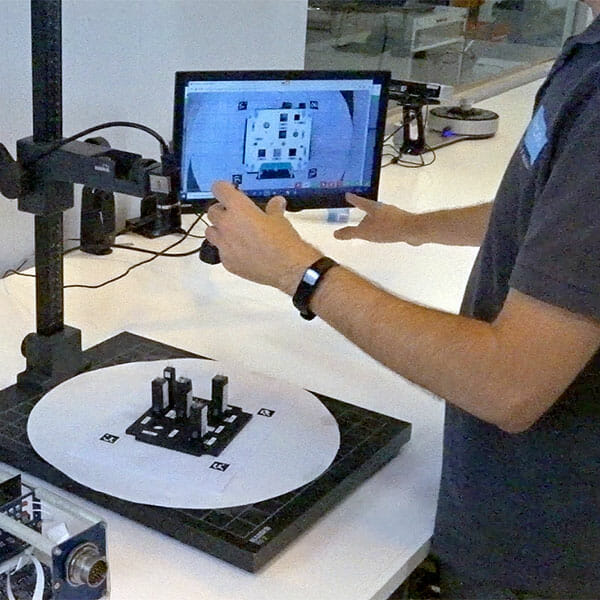
This project focused on the development of new systems that could provide assistance to operators at the workshop, to the manufacturing engineering areas and to train on industrial processes with the use of PLM information in real-time. The technological solutions focus on using the information hosted in PLM systems (Product LifeCycle Management) in real time through many different virtual and augmented reality devices.
Hydrogen fuel cells used as the propulsion system for UAS
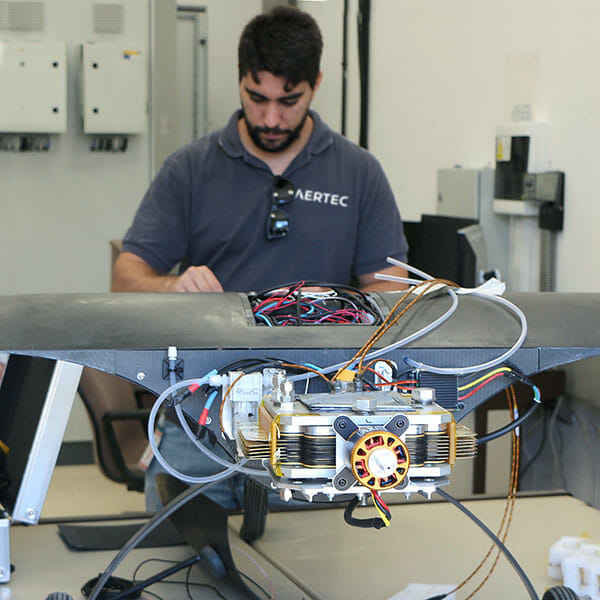
The aim was to develop a UAS that weighed less than 25 kg with a long flight range for environmental monitoring purposes, which included the development of a power system based on PEM technology fuel cells to increase the onboard energy density. It also featured the development of an integrated control system (power and aircraft) that could adapt the routes in real-time to optimise energy consumption.
Airport information management system

The ATIKA project involved the development of a comprehensive and scalable system that could be adapted to each airport, with the aim of managing the airport services in a more efficient way while greatly improving the passenger experience. This is a multi-platform and multi-device system designed to provide, in an interactive way and in real time, useful information to passengers, airports and concession companies.
Anti-UAS defence system
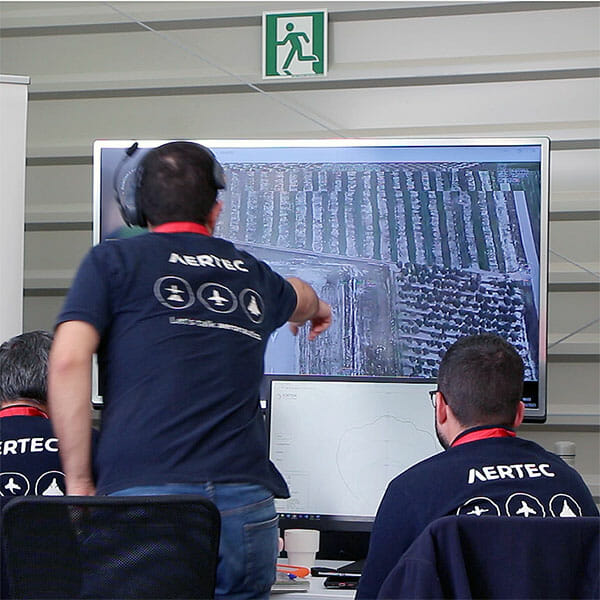
AERTEC joined a new and ambitious European project within the European Defence Industrial Development Programme (EDIDP), led by the European Union to boost its capacity in this area. AERTEC offered its experience on Machine Learning and Artificial technologies, and on the integration of TARSIS’s UAS.
5G technology on unmanned aerial systems
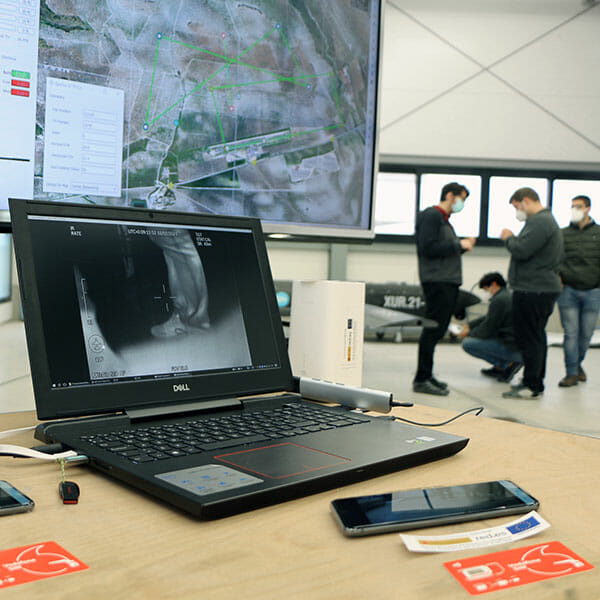
Vodafone conducted a pilot project to connect AERTEC’s TARSIS UAS to the 5G network for a use case of the Civil Guard to perform surveillance and monitoring tasks in rural areas or those that are hard to access, which increases their range and efficiency. The pilot project involved assessing the viability of using the 5G network to improve communications with UAS.
Technological solutions to electrify aircraft
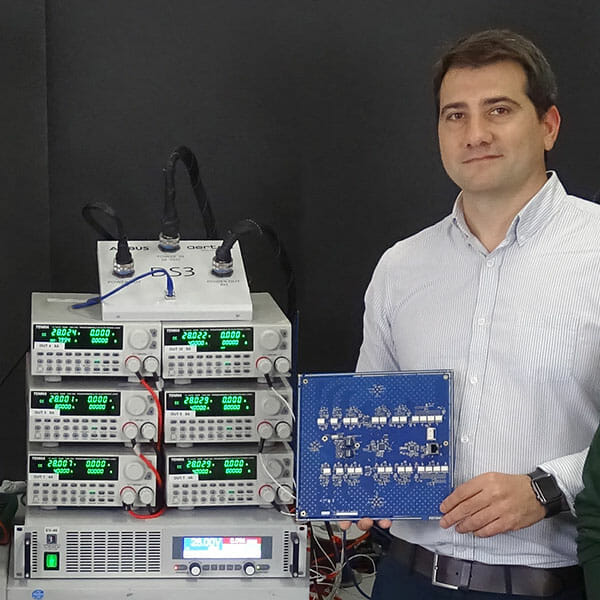
Over the past few years, AERTEC has been working on the design and development of disruptive technological solutions related to electrical power distribution systems. We focus on making as much progress as possible on the voltage levels to reduce the cross-section of cables (weight and resistive losses). To achieve this, we are mainly conducting research on new solid state transistors based on SiC and GaN devices.
Onboard system design and digitalisation
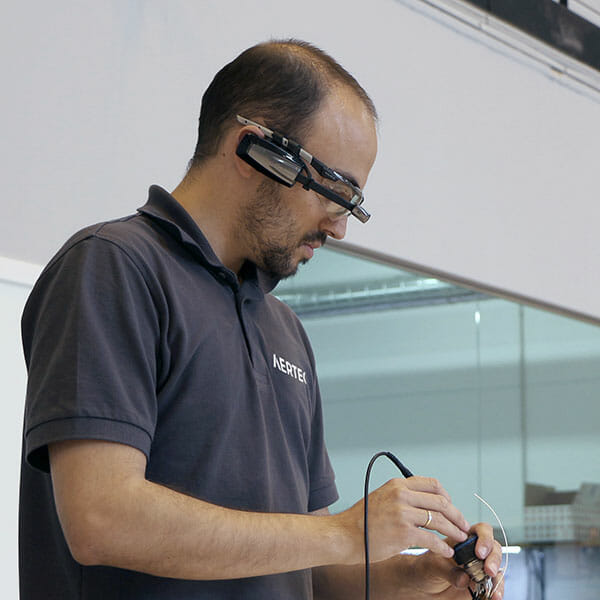
AERTEC is working with Airbus to redesign critical systems, using the SoC technology (system-on-chip), which involves integrating electronic components (COTS) into onboard aeronautical equipment that are part of the cabin intercommunication systems, such as the AAPs (Additional Attendant Panels).
Blockchain-based SW for the aeronautical industry
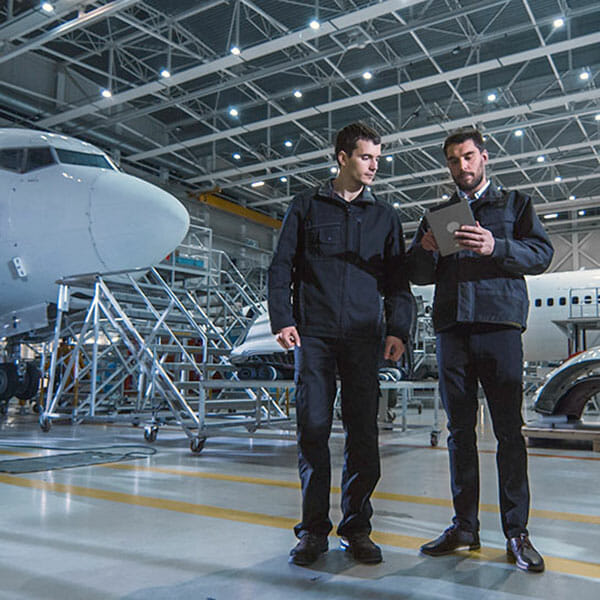
AERTEC’s Industrial Digitalisation area, Malaga University and Telefónica Tech are developing a blockchain-based software to record the information generated by IoT sensors in an aeronautical component manufacturing plant, recording the different physical magnitudes with blockchain through TrustOS, with the aim of certifying the integrity of the functional test results.
Detect & Avoid systems for UAS
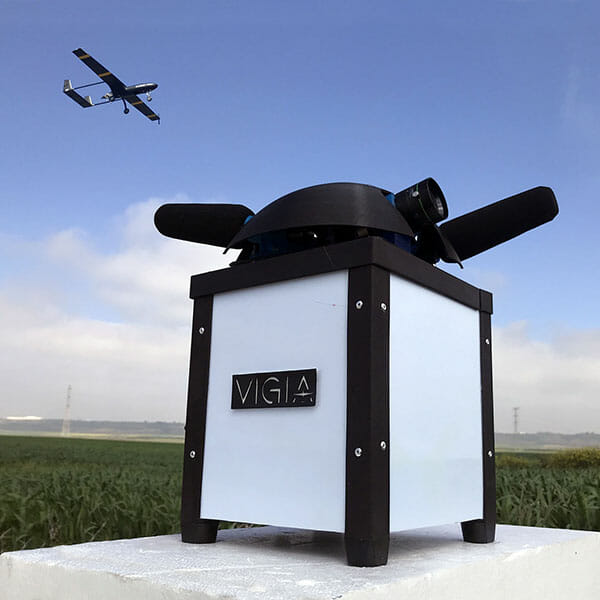
AERTEC led the development of an innovative airborne collision avoidance system for UAS flying at low altitude (below 120 metres), out of the line of sight and in rural environments. This is a new technology development that uses smart ground nodes to apply pre-determined manoeuvres to avoid collisions with other aircraft and obstacles and to mitigate the risks of this type of BVLOS operations.
New electrical interconnection materials
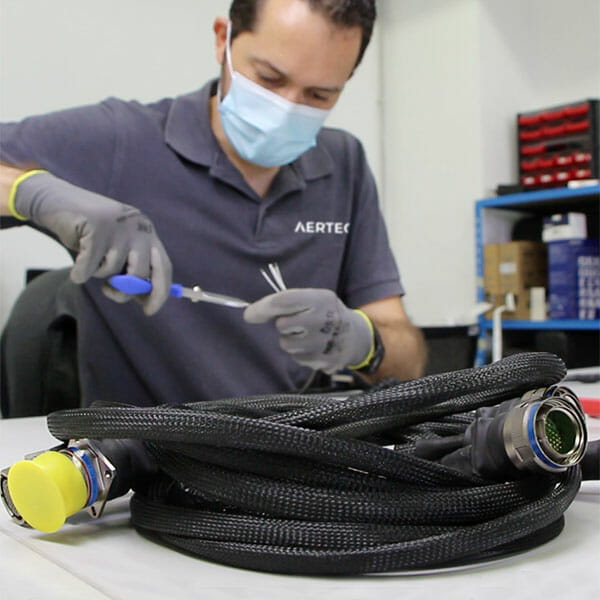
The goal of this project was to develop polyester fibres that could conduct electricity. Graphene nanoparticles were implemented on polyester fibres and cables were designed with the same electrical conductivity as copper cables, creating a lighter cable with more interesting features.



